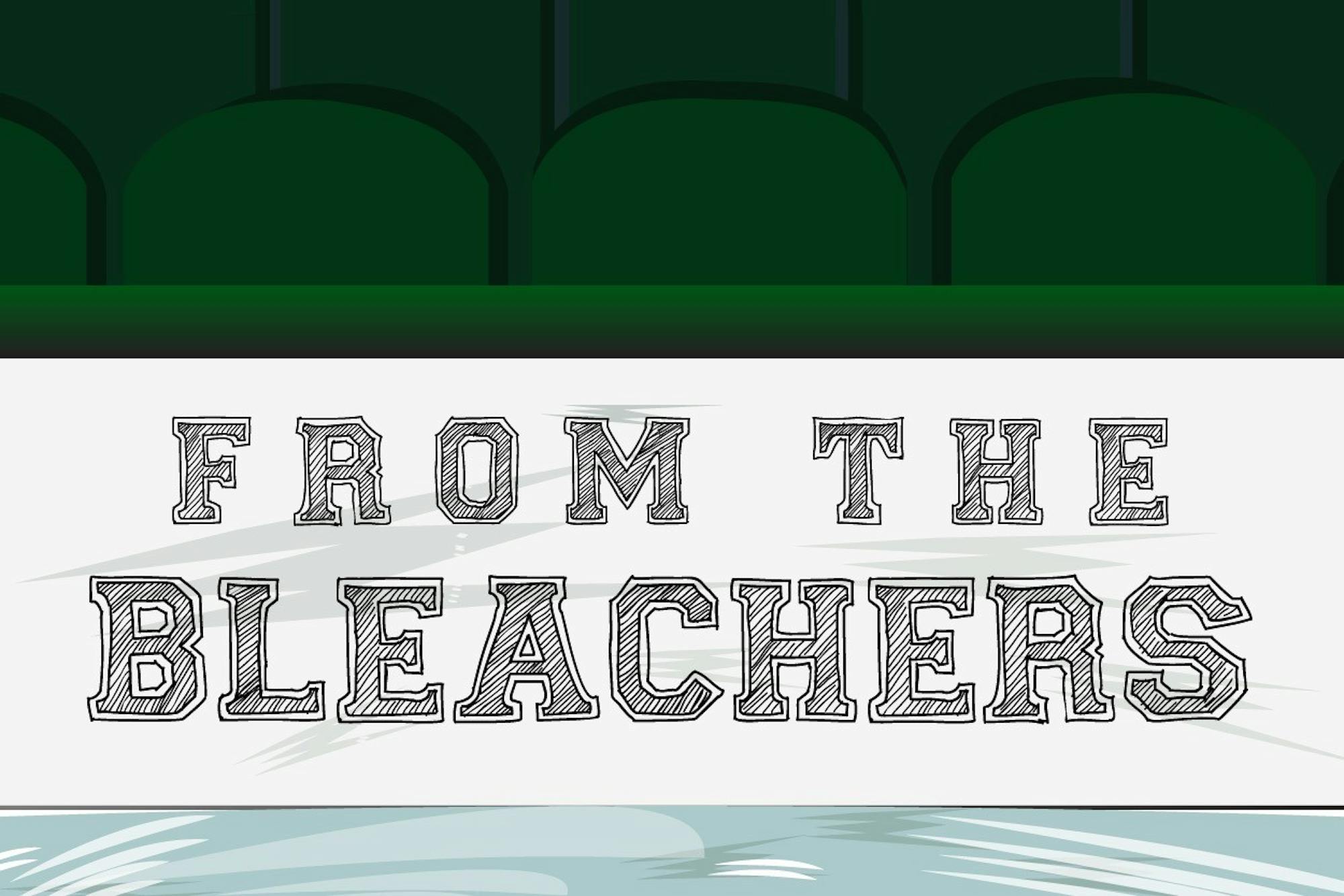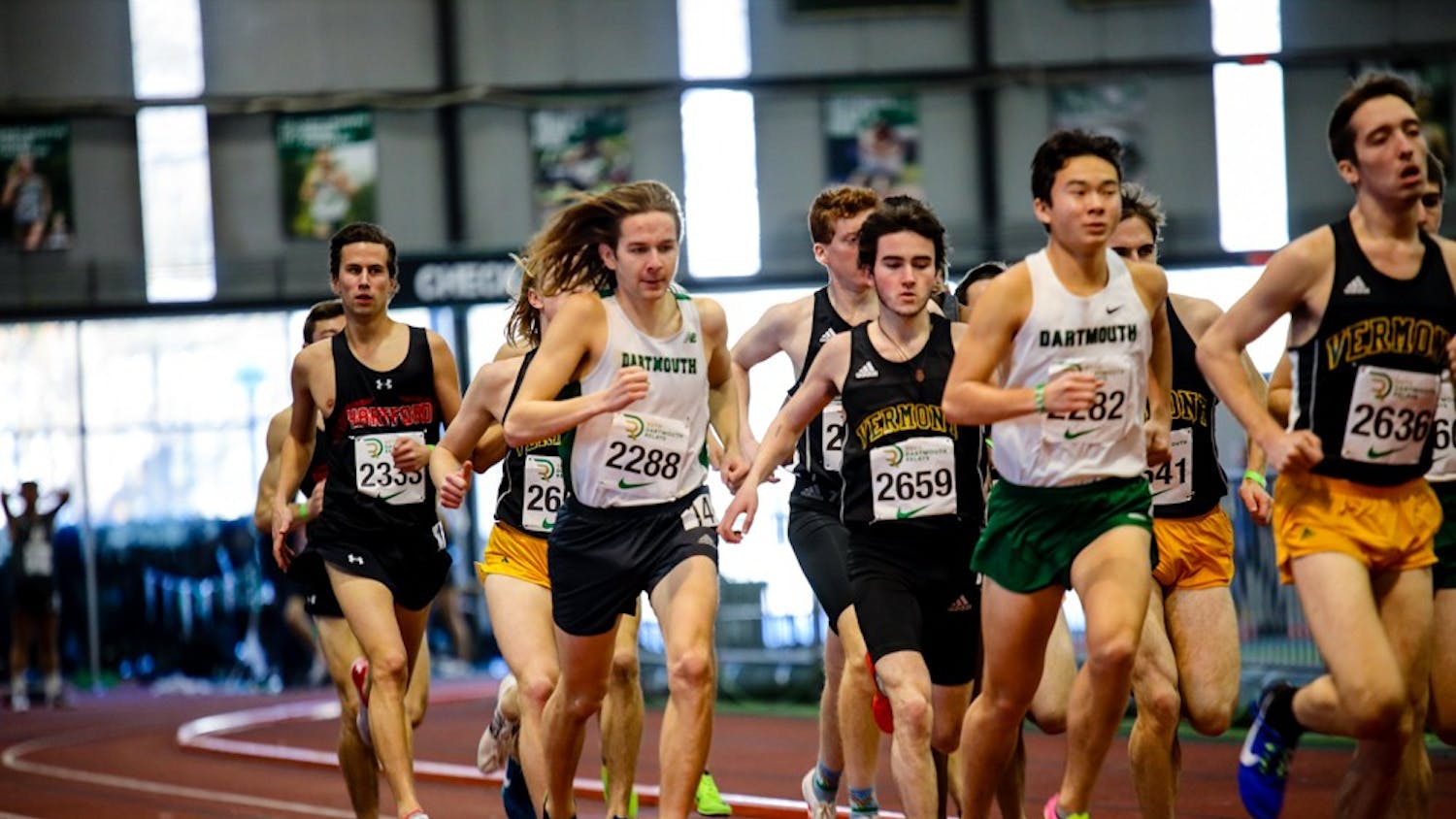As the months drone on without live sporting events and the NFL draft fades further in the rearview mirror, sports fans continue to get by with a steady diet of watching old games and taking NFL Sporcle quizzes. Or maybe that’s just me. Regardless, pickings are slim.
Luckily, ESPN made the brilliant business decision to release its 10-part documentary series on Michael Jordan, “The Last Dance,” in the middle of April, releasing two episodes per week for the last five weeks. Sunday night marked the final episode, which I have unfortunately not yet been able to watch. Someone spoiled the ending of the 1997-98 season for me, though, which I wasn’t too happy about. How would I have known that the Chicago Bulls were going to win the NBA Finals that year?
Anyways, I’ve seen the first eight episodes, which has given me great insight into the man who many believe to be the greatest basketball player of all time. My generation never got the privilege of seeing Air Jordan play; our “GOAT” arguments are solely based on statistics, highlights and secondary source testimonials from our lucky parents.
Everyone knows that Jordan won six championships. We’ve all heard about his two-year baseball experiment. We've all seen (or worn) the Air Jordans.
But the documentary does a great job providing a glimpse into what basketball was really like during the 1990s. In what many believe was a much more physical era, Jordan dominated his competition en route to his six championships and six NBA Finals MVPs. Sure, Bill Russell won 11 championships with the Boston Celtics. But in aforementioned “GOAT” arguments, Jordan’s six championships set him apart from the competition.
As I watch clip after clip of Jordan blowing by hopeless defenders, hitting fadeaways and winning big games, I can’t help but think how my generation’s greatest player would have fared in that era.
In my opinion, LeBron James is unquestionably one of the two greatest basketball players of all time, along with Air Jordan. James doesn’t have six championships, but he does have three, along with six additional NBA Finals appearances, many of which came with severely undermanned teams.
Maybe the argument is moot. They were both great in their own time. But I’m going to explore it anyways. Because what else is there to talk about?
It’s crucial to note that both played in significantly different eras. The addition of new kinds of technical fouls and an increased emphasis on three-point shooting has probably led to James' era being less physical, which leads many to claim that James couldn’t have survived in Jordan’s era. Given that he’s listed at 250 pounds, I beg to differ, but it’s possible that he would have had more wear and tear on his body.
On the other hand, James had to deal with many “superteams” throughout his career, preventing him from winning even more championships. Free agency wasn’t much of a thing in Jordan’s era; you would have never seen a move like Kevin Durant to the Golden State Warriors in the 1990s. As a result, Jordan never had to face a team like the 2017 Warriors.
James, on the other hand, defeated the 2016 73-win Warriors team before losing to the 2017 and 2018 versions, all of which had an outrageous amount of talent. He fell twice in the late 2000s to the Celtics, who boasted the first “Big Three” with Ray Allen, Kevin Garnett and Paul Pierce (not to mention Rajon Rondo). And he had to deal with the San Antonio Spurs, one of the most well-coached teams the league has ever seen, three times. Tim Duncan, Manu Ginóbili, Kawhi Leonard and Tony Parker posed quite a challenge.
Now, James obviously played a role in the “superteam” movement when he humbly announced that he was leaving Cleveland to create a “Big Three” in Miami with Chris Bosh and Dwyane Wade.
It didn’t go well in year one, when James disappointed in a Finals loss to the inferior Dallas Mavericks. While Jordan lost many times in the first round early in his career, he never had such a low point.
James won the next two championships in Miami, but his third ring was certainly the most impressive. He certainly had help from the likes of Kyrie Irving and Kevin Love, but his 3-1 comeback over the NBA’s best regular season team was unlike anything we’d ever seen. He hasn't won a ring since, but he still managed to take the atrocious 2017-18 Cavaliers to the Finals. Then, once he left for Los Angeles, the Cavaliers went 19-63 without him.
When Jordan left for baseball and the Birmingham Barons, the Bulls went 55-27 without him, falling just short of the Eastern Conference Finals. The Bulls weren’t a championship favorite without Jordan, but B.J. Armstrong, Horace Grant, Scottie Pippen and Dennis Rodman were no slouches. Not to mention that Phil Jackson, with his own 11 NBA championships, wasn’t a bad coach.
I’ve always been wary of using championships as a means of comparing individual players given how different the circumstances are from team to team and from season to season. Jordan always showed up on the big stage (hence his six Finals MVPs). But, with the exception of 2011, James has too, even if it has sometimes resulted in a loss. In 2015, he averaged 35.8 points per game, 13.3 rebounds per game, and 8.8 assists per game in a series loss to the Warriors. There’s not a lot more that James, playing without Irving or Love, could have done. Jordan never had to deal with such a situation.
It’s impossible to know who the greatest player to ever put a ball in a hoop is. Maybe LeBron will add to his resume by winning a fourth ring in Los Angeles. Maybe COVID-19 will have other plans, and we’ll have to live with that “what if” when analyzing his legacy.
Ultimately, all we can do in a time like this is appreciate the greatness of both players. And, we can appreciate that Dartmouth was featured in “The Last Dance.” Michael Jordan played against Dartmouth when he was in college, scoring 25 points in a 103-58 blowout. LeBron didn’t go to college. Was he scared to face the Big Green? Maybe that’s our answer to the GOAT debate right there.



